In 2016, Edward Wilson, known as the Father of Biodiversity, proposed an initiative that called for humans to return half of the earth’s surface to nature and thereby preserve the biodiversity of our planet and the world’s species including humans, so it will not lead to extinction. Edward’s “Half-Earth” concept has two main points. On the one hand, we should be aware that human beings are not the only masters and inhabitants of the earth. On the other hand, we need to think about how to reserve more spaces for other inhabitants of the earth, i.e. flora and fauna in the ecosystem.
With the theme of “Viewing Half-Earth through Taichung’s Ecology”, Discovery Pavilion advocates to preserve half of our planet for other species, and reinterpret the ecology of Dajia River. Through the utilization of poems, crafts, art installations, murals, sculptures, and new media, etc., the design team transformed the wide-scale landscape of Taichung Dajia River from low to high altitude into pieces of artwork within the limited space.
It is telling the past and present life of native plants and animals of this ecological environment. The setting of the landscape is from low to high elevation. Thousands of pieces of prism reflect the Gaomei Wetland in the estuary of the Taichung. The pyramidal glass, the hand-woven roof made of rice straw and the mirror device are interlaced to shape the low-altitude rural impression and the Lishan environment.
The multimedia and physical objects reproduce mountain forests and streams in middle and high altitude areas. At the end of the section, it travels through the visual image of water-ink by LED digital technology device of the waiting area to the interactive design exhibition at the circular theater, featuring the interaction of the light particles on the ground and the giant projection screen on the wall.
Various indigenous animals, such as mudskippers, Leopard cats, and Formosan landlocked salmons, are integrated into the design to reproduce the vertical ecology of Dajia River and the biodiversity of Taiwan. From the estuary (0m) to the snow mountain range (3886m), the nine exhibition areas are independent and with different styles, but also constitute a whole which is like a movie story that takes the audience’s emotions shifting in scenes.
Cogitoimage team collaborated with Taiwan’s emerging creators to successfully break through the obstacles of space. With a variety of new interpretations, it allows the audience to have an immersive experience of roaming in nature. And all the designs echo a theme — to show the audiences that more than half of the space on the earth belongs to the ecological environment and so human beings should live in harmony with half of the earth in the ecological circle. Source by Cogitoimage International Co.
- Location: Houli Horse Forest Park Area, Dashan Road, Houli District, Taichung City, Taiwan
- Architect: Cogitoimage International Co., Ltd
- Main materials: recycled silica sand & glass bottles, recycled cork, ecological forest thinning to obtain Cryptomeria-like Taiwania (Taiwania cryptomerioides), native Taiwanese plants, straw, rice
- Area: 2960 sqm
- Completion: 2018
- Photographs: Te-Fan Wang, Courtesy of Cogitoimage International Co.

Photo © Te-Fan Wang 
Photo © Te-Fan Wang
Photo © Te-Fan Wang 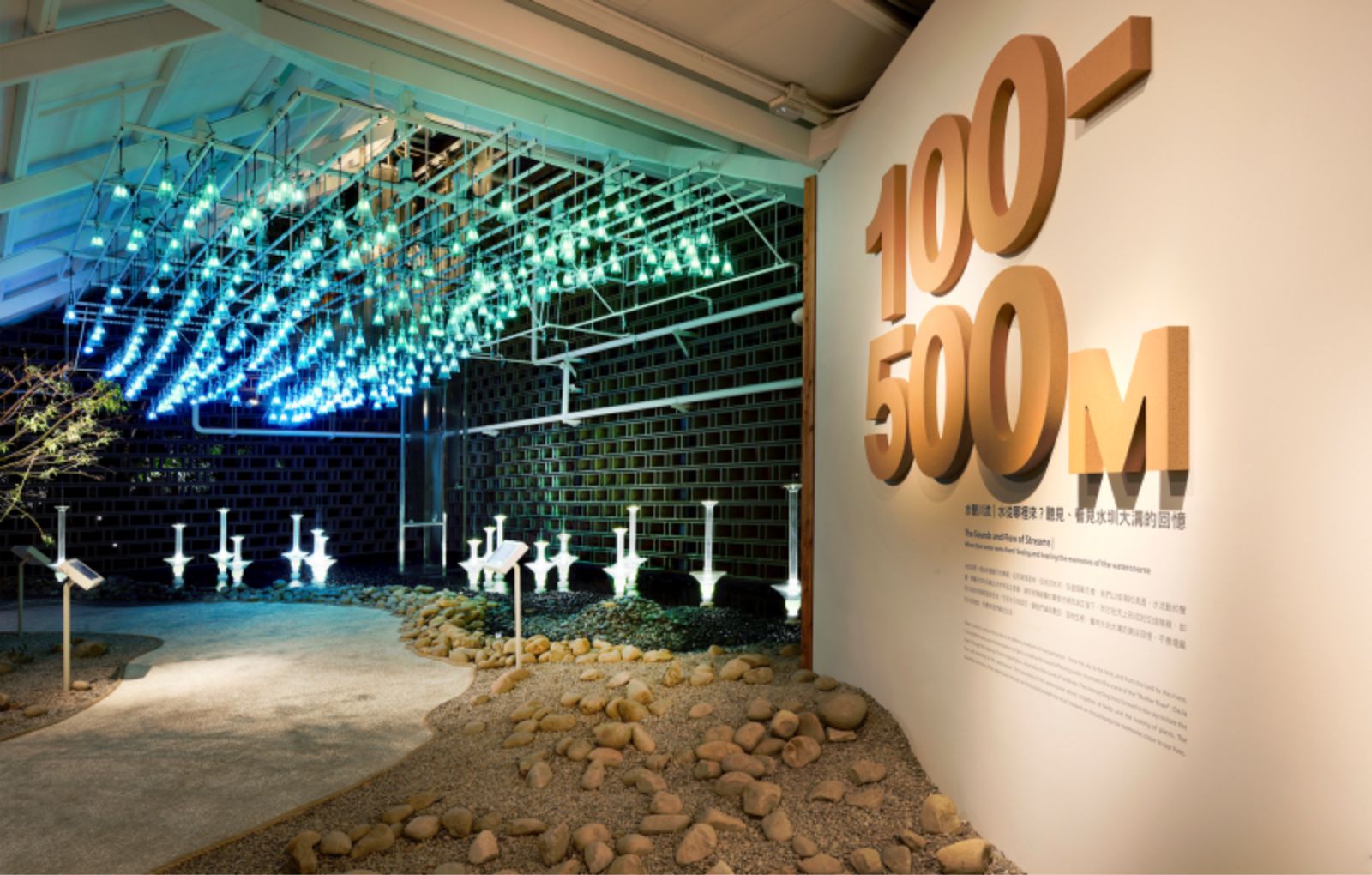
Photo © Te-Fan Wang 
Photo © Te-Fan Wang 
Photo © Te-Fan Wang 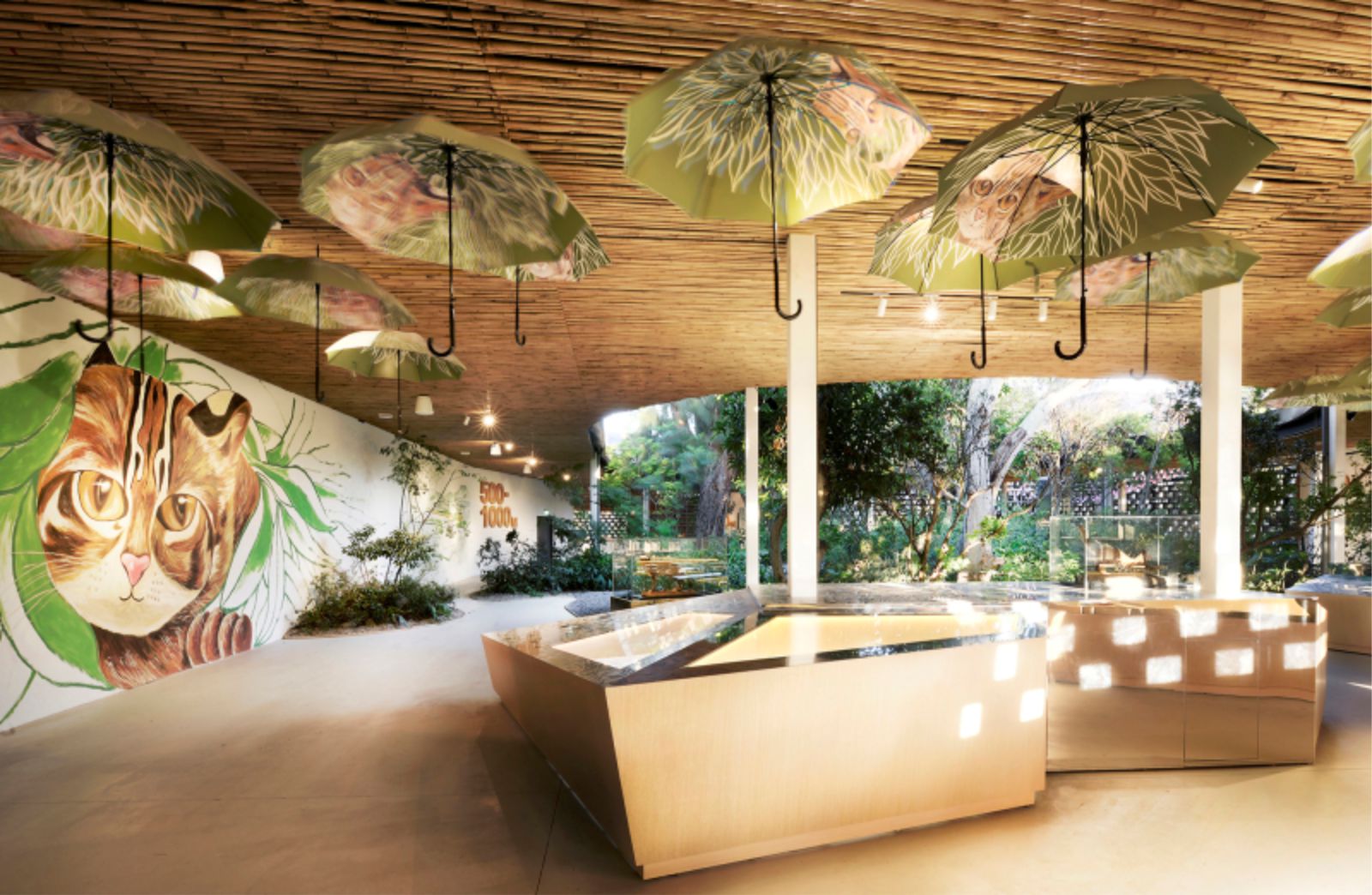
Photo © Te-Fan Wang 
Photo © Te-Fan Wang 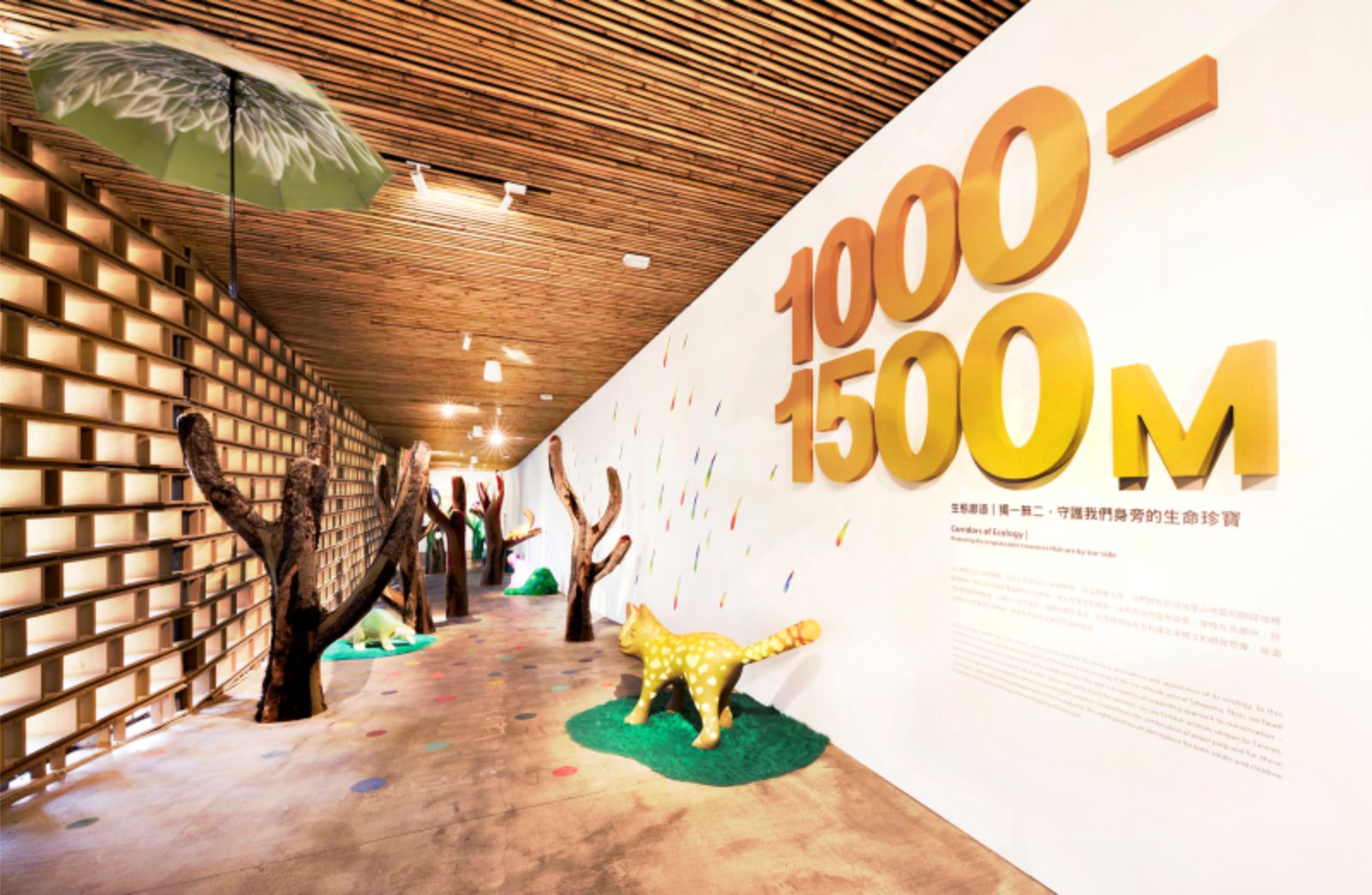
Photo © Te-Fan Wang 
Photo © Te-Fan Wang 
Photo © Te-Fan Wang 
Photo © Te-Fan Wang 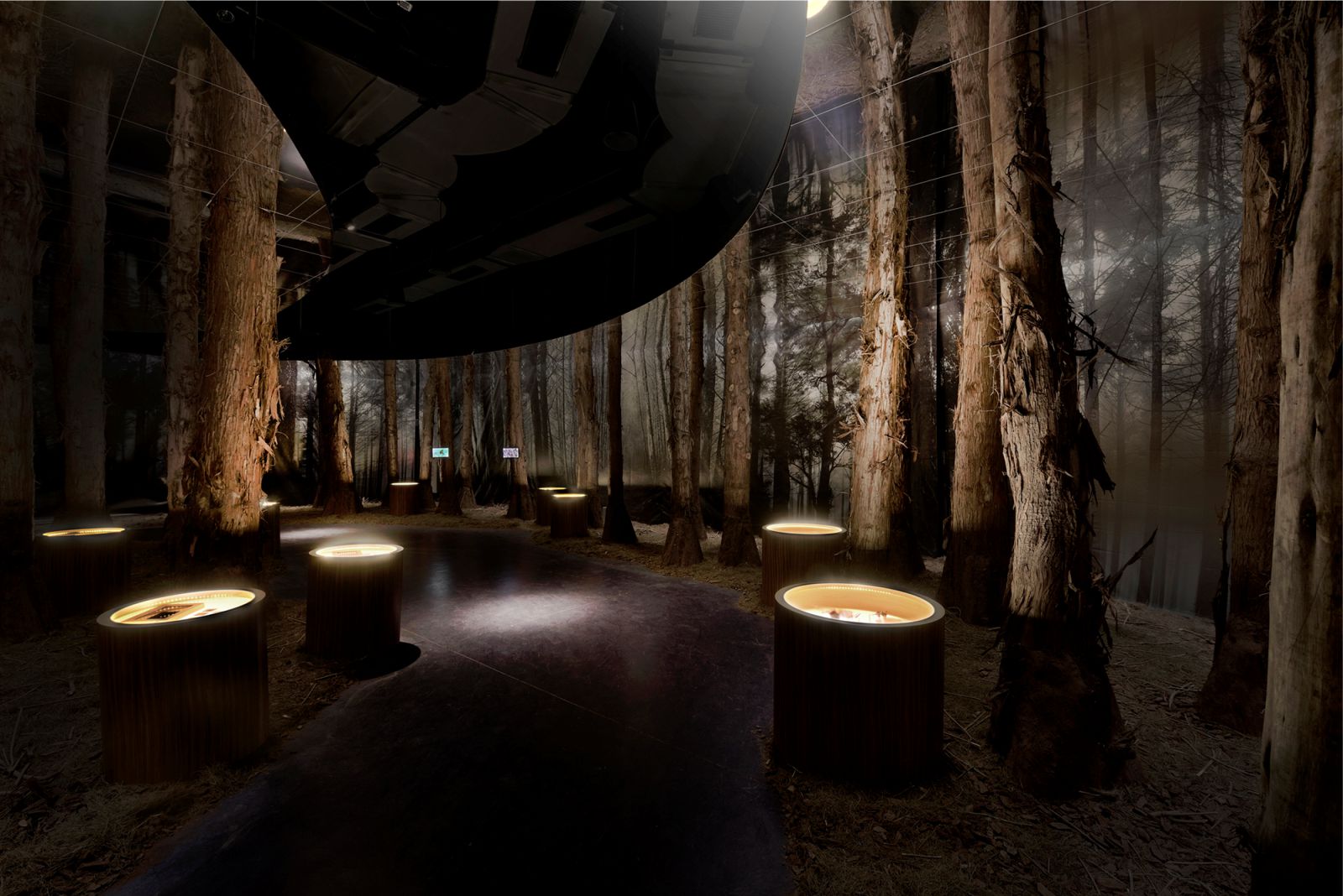
Photo © Te-Fan Wang 
Photo © Te-Fan Wang 
Photo © Te-Fan Wang 
Photo © Te-Fan Wang 
Photo © Te-Fan Wang 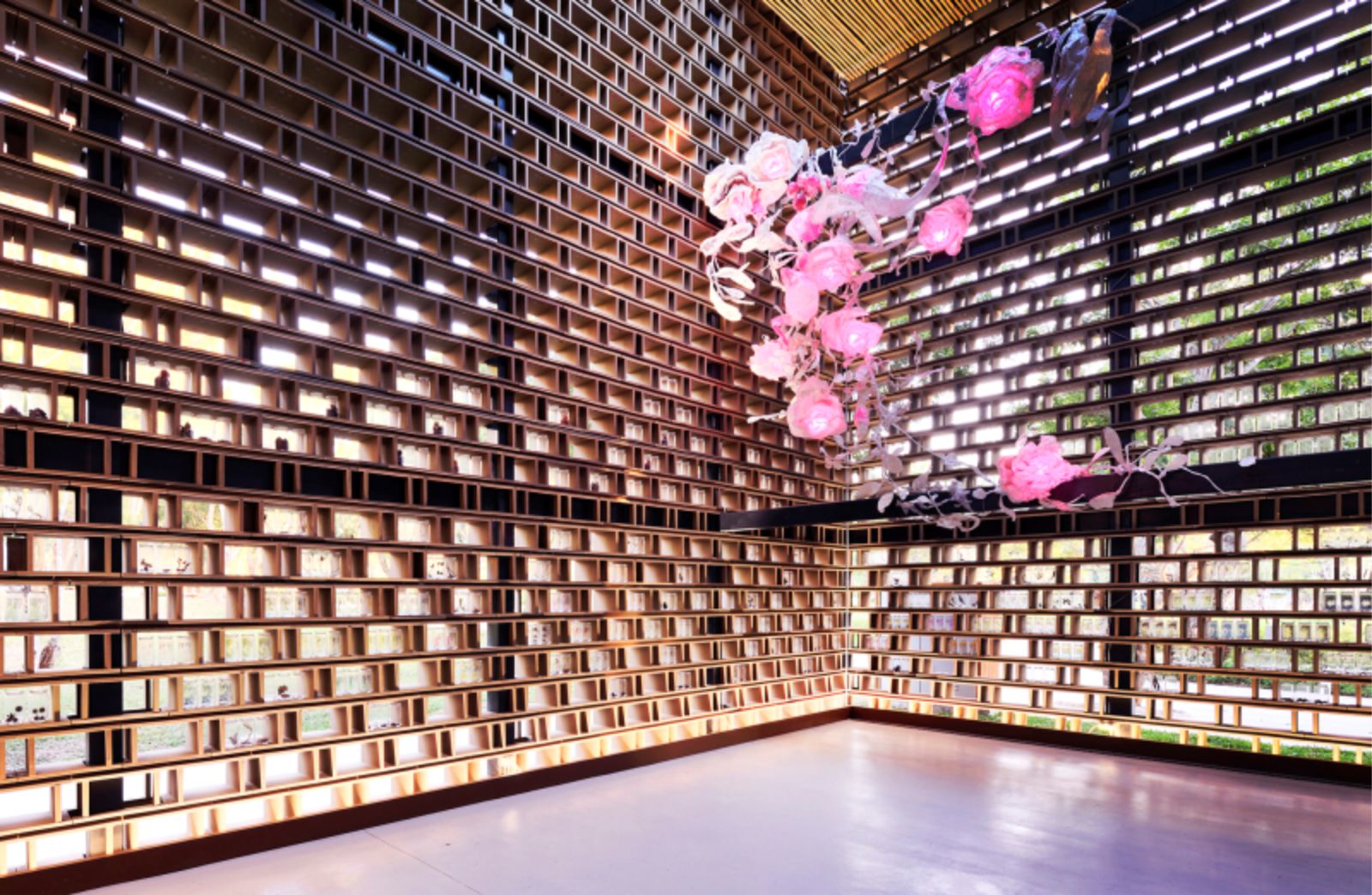
Photo © Te-Fan Wang

